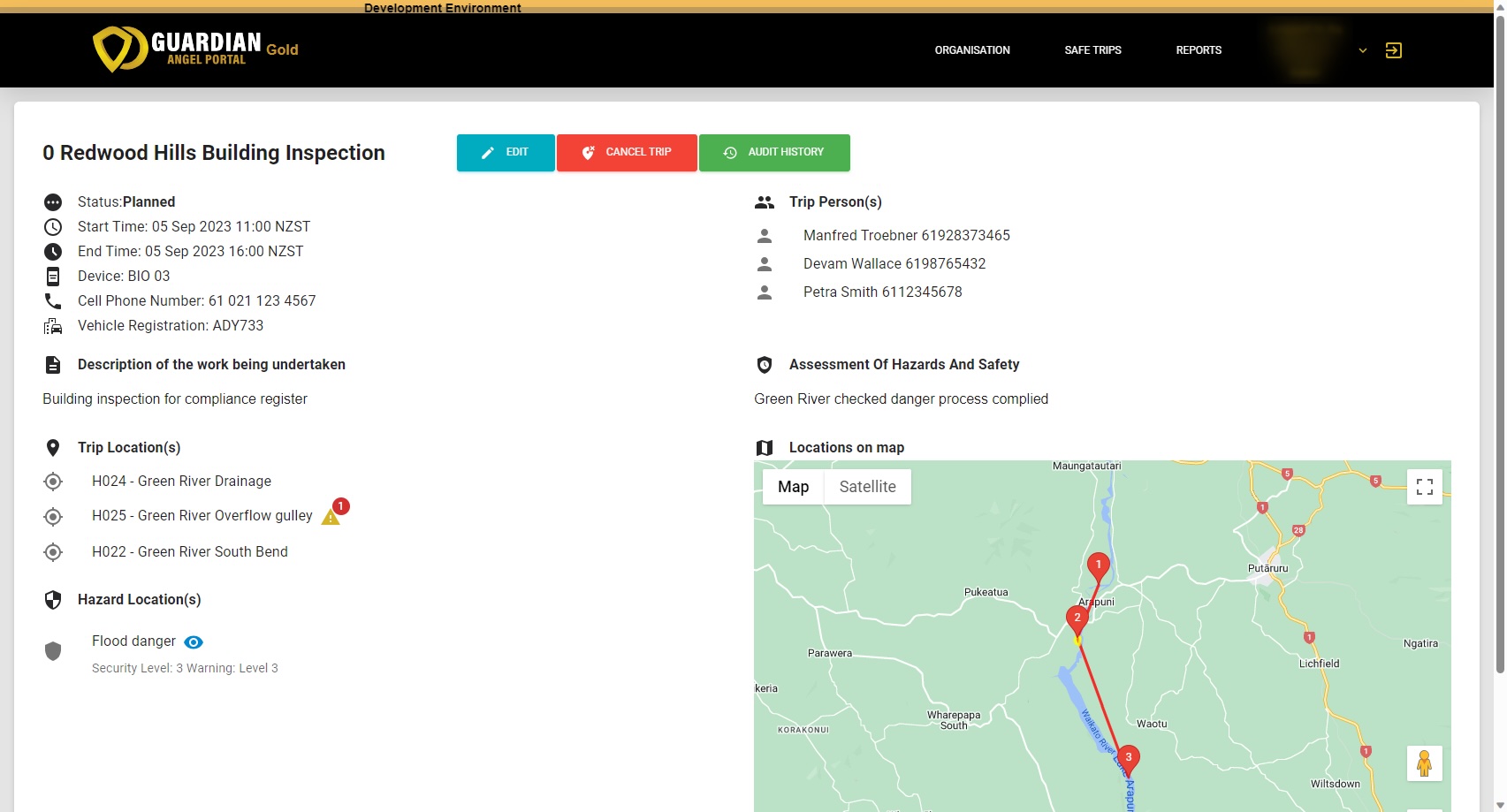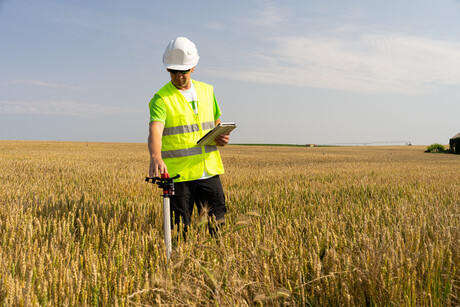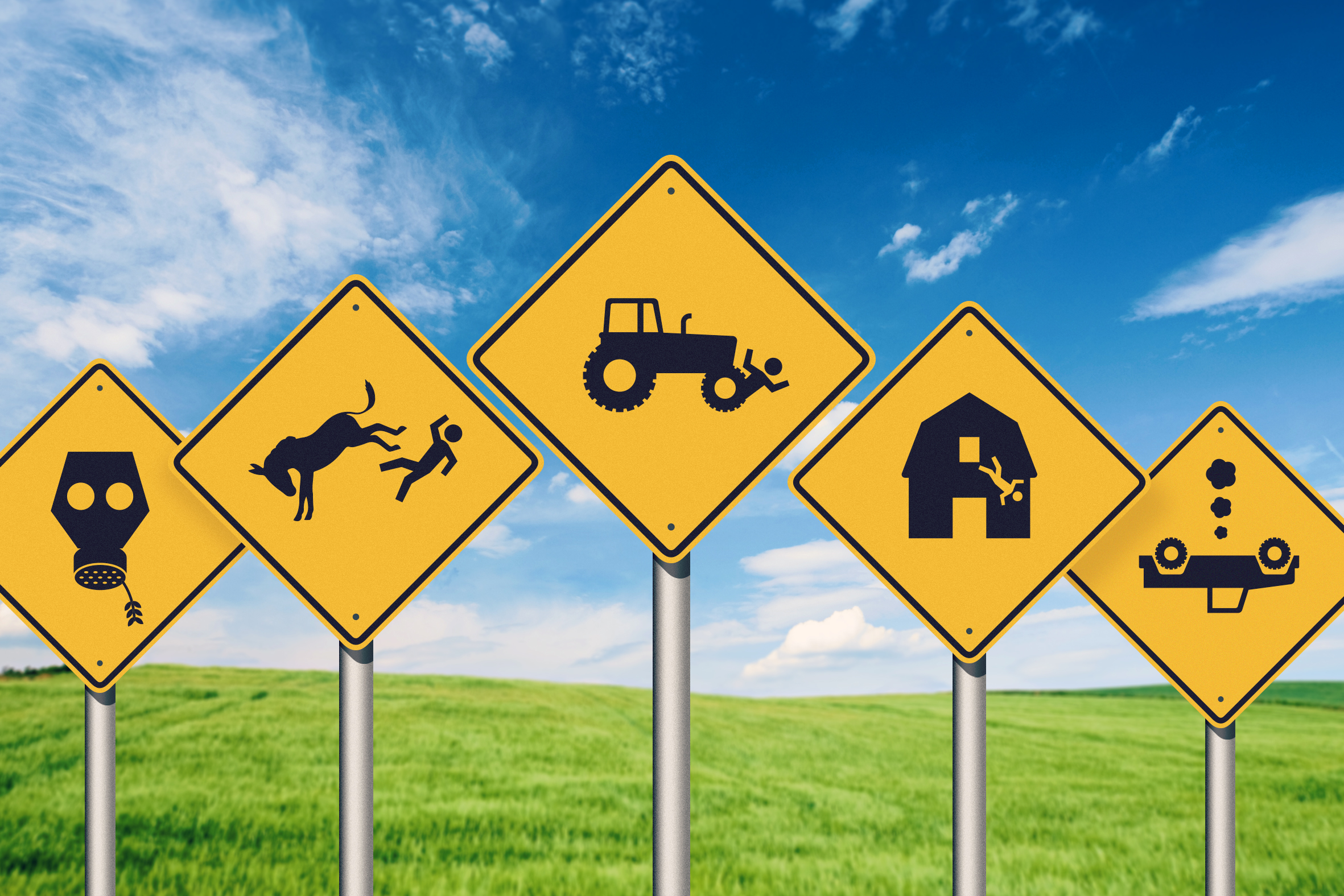The abstract in the paper that Chris Peace shared during an NZISM webinar (thank you Chris for the permission to share) includes:
“In New Zealand, the majority of injured people who die before reaching hospital do so from non-survivable injuries. More than one third have either survivable or potentially survivable injuries, suggesting an increased need for appropriate bystander first aid, timeliness of EMS care and access to advanced-level hospital care.”
The authors also wrote “Factors associated with not being immediately found in this study included: RTCs in remote areas which may have resulted in the vehicle not being visible from the road or no cell phone coverage; events happening in remote areas such as mountains; and being alone at the time of injury and not being able to call for help. The latter issue can be addressed by the use of personal panic pendants for workers working alone or in remote locations. These devices offer functions including: a ‘buddy’ or check-in system, tracking and panic buttons, thus providing the potential to limit the survivability of an injury situation by providing immediate contact and thereby facilitating a potentially quicker EMS response time.”
Such solutions are both practicable and reasonable in cost, so no excuses. The article is behind a paywall: Kool, B. et al (2021). Potential survivability of prehospital injury deaths in New Zealand: a cross-sectional study. Injury Prevention, 27(3), 245.
We also know from all the incidents we’ve sent help to, that staff having a hands free, two way voice device with an operator listening and despatching help (to the exact location) gives them invaluable calm in dealing with the situation at hand.



